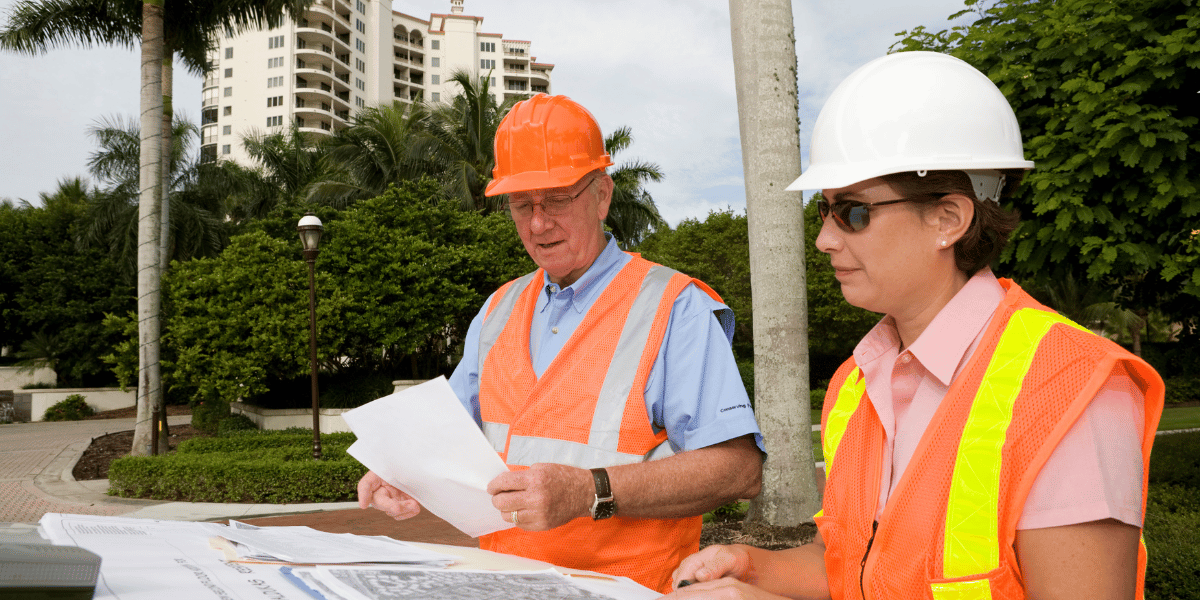
Utility conflicts represent a risk that should be addressed early during the design phase of the construction project life cycle. Addressing the risk of utility conflicts early, when designs are relatively simple to change, is easier and less expensive than making changes during the construction phase. Information about potential utility conflicts can be used to create a utility map that can be laid over the project plans to identify conflicts.
According to an article in the Journal of Construction Engineering and Management, acquiring reliable information pertaining to the location of underground utilities during the design phase reduces:
• The number of utility relocations
• Contractor claims and change orders
• Incidents and injuries
• Project delays due to utility relocations
Designers are well positioned to review and mitigate the risk of utility conflicts. According to Jim Anspach, designers should have in-house specialists trained and certified in utility conflict management. Designers can also sub-contract this vital task. Accordingly, they should create a map of existing subsurface utilities and compare it with the proposed construction plan. During this time, all changes are possible and easy to undertake.
Designers should use both the One Call system and private locating firms to generate a utility conflict map. The One Call system often marks active utilities within the project limits that are located on the right-of-the-way, which gives the designer an adequate idea of what is underground. Thus, the One Call system represents the initial stage of a proactive utility management plan that aims to address potential utility conflicts as early as possible.
The One Call system does not locate inactive and abandoned facilities. Therefore, utilizing a private locating firm is a necessity. Designers may hire a subsurface utility engineering (SUE) private locating firm or a non-SUE private locating firm, depending on the anticipated complexity of the underground utility network, which can be estimated using a site survey and marks obtained through the One Call system. SUE is an engineering standard that aims to physically locate utilities via different techniques and technologies. A data quality level is assigned to the findings based on the techniques and technology used (ASCE, 2002). The SUE standard outlines the steps that the American Society of Civil Engineers (ASCE) has suggested to mitigate risks related to subsurface utilities by offering four levels of data quality (see Table 1). The One Call system satisfies levels C and D because it collects recorded utility information (level D) and visual indicators (level C) from utility owners. However, the SUE standard requires a registered professional to stamp the depicted findings before a quality level can be assigned.

What if things go south during construction due to a designer’s lack of accuracy in addressing utility conflict risks?
Do owners have the right to sue the designer for negligence? A valid negligence to fulfill a duty claim requires the following:
1.The designer owed a duty to the owner
a.“A duty of care may arise from a statute, a contractual relationship, or by operation of the common law, which imposes an obligation to use due care or to act so as not to unreasonably endanger other persons or their property” (Cummins v. Robinson, 2009)
2.The designer breached that duty
3.The breach caused damage
Clearly, a suit for negligence is possible if the contract between the owner and the designer addresses the utility management plan.
Comments